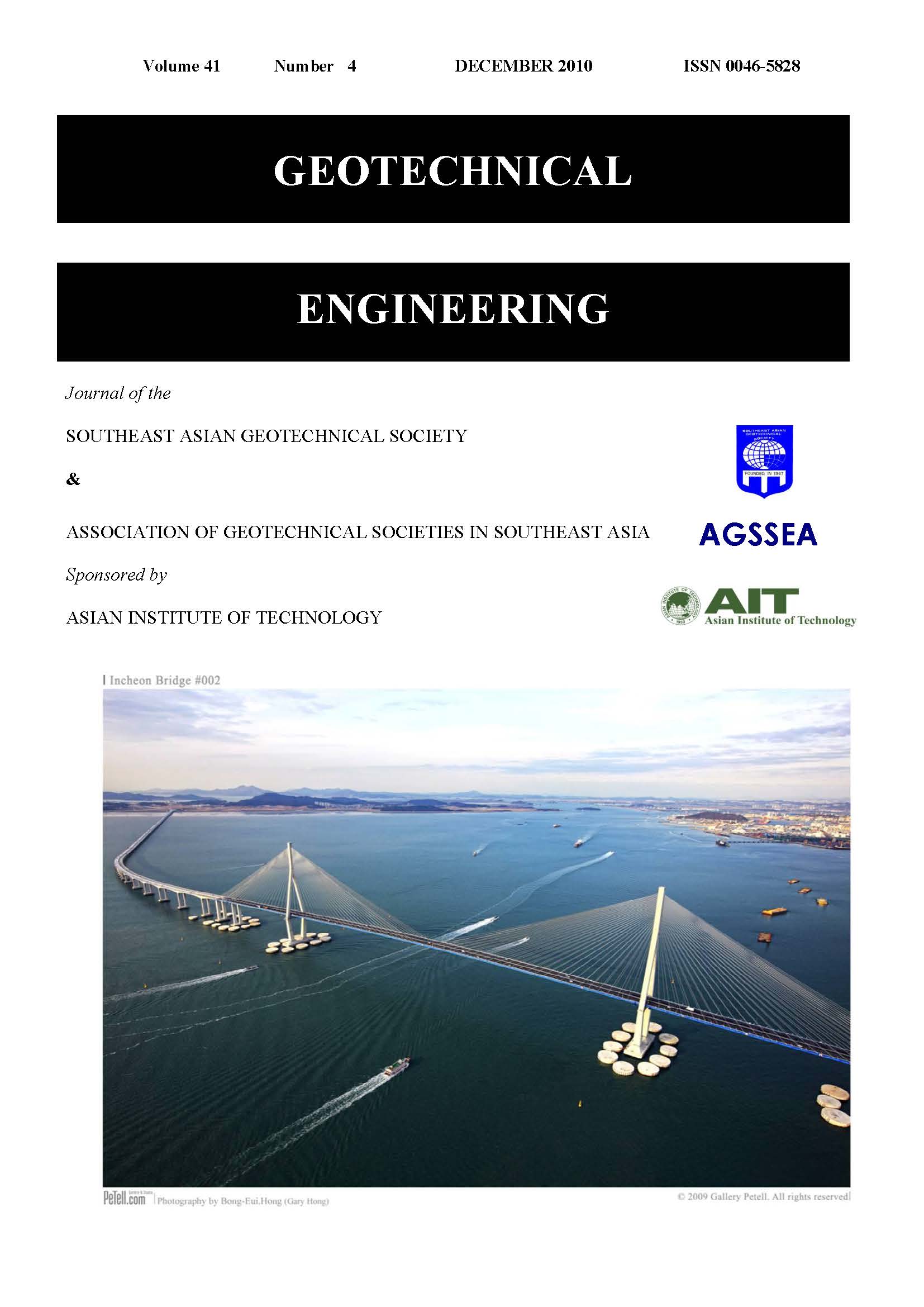Erosion, Slope Stability, Prediction of Future Recession in Actively Eroding Slopes
Main Article Content
Abstract
Evolving slopes are those slopes subject to active erosion processes such that their morphology, thus their stability, is changing rapidly i.e., in human-time scale rather than geological-time scale. There may be several erosion processes but the most influential ones are related to the interactions with an external body of water such as wave action on coastal cliffs and bluffs (defined as steep slopes due to active erosion) such as along the shorelines of oceans, lakes, and reservoirs. The cost-effective solutions often are a combination of both stabilization and management approaches to minimize the impact. These concepts are presented based on the author‟s 35 years of experience observing and dealing with the bluffs along the shorelines of the Great Lakes (specifically Lakes Michigan and Superior). These lakes are subject to large lake level fluctuations and high waves, thus significant wave erosion takes place reshaping the bluffs and often leading to landslides. The state of knowledge with respect to shore erosion and associated bluff stability issues is presented including the available methods of predicting rate of erosion and determining bluff stability along with the controlling factors. The approaches to mitigating coastal recession are described. Finally, the environmental and ecological impact of coastal structures, which is gaining significant attention recently, is highlighted.
Article Details

This work is licensed under a Creative Commons Attribution-NonCommercial-NoDerivatives 4.0 International License.
Copyright © 2019 Association of Geotechnical Societies in Southeast Asia (AGSSEA) - Southeast Asian Geotechnical Society (SEAGS).


